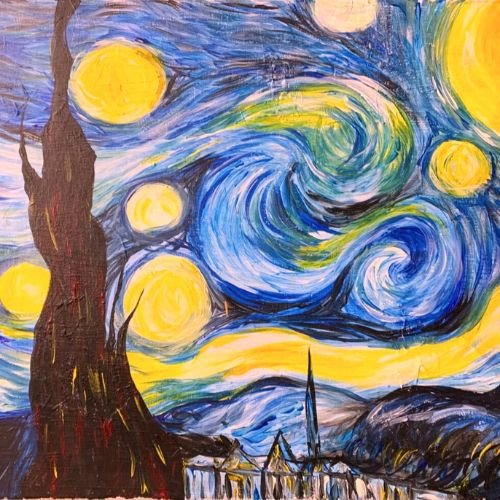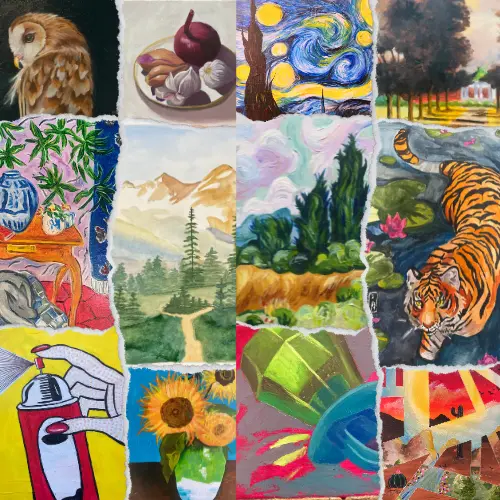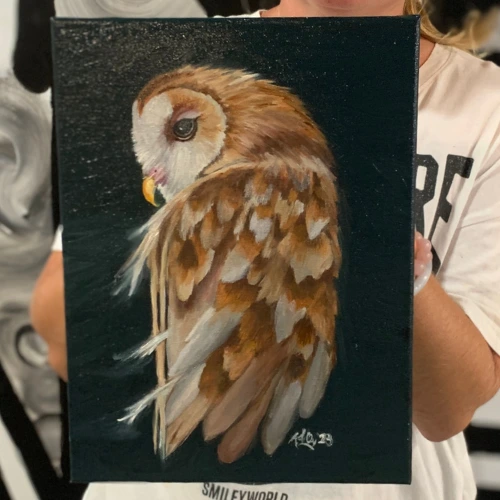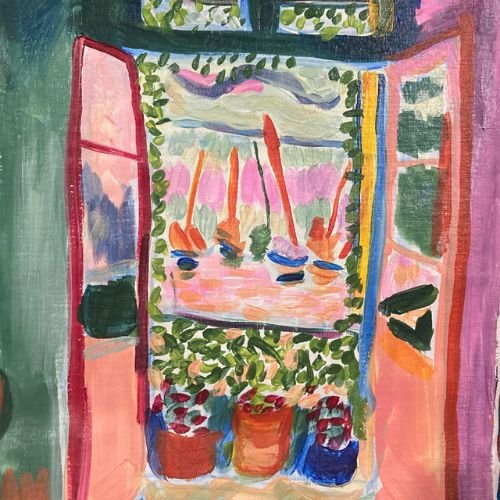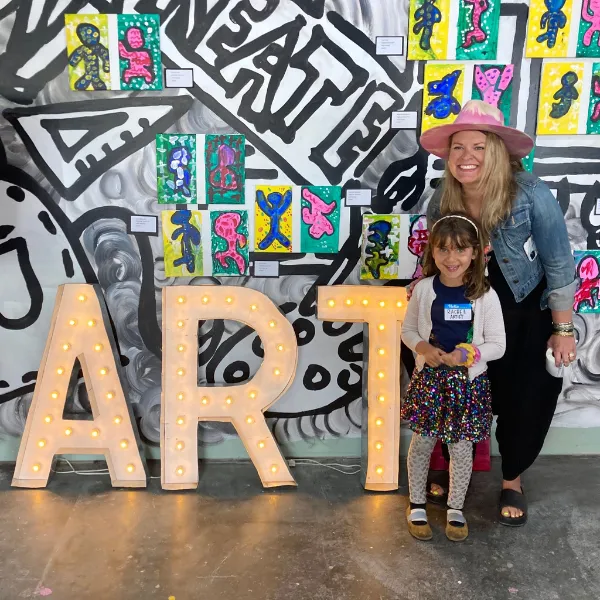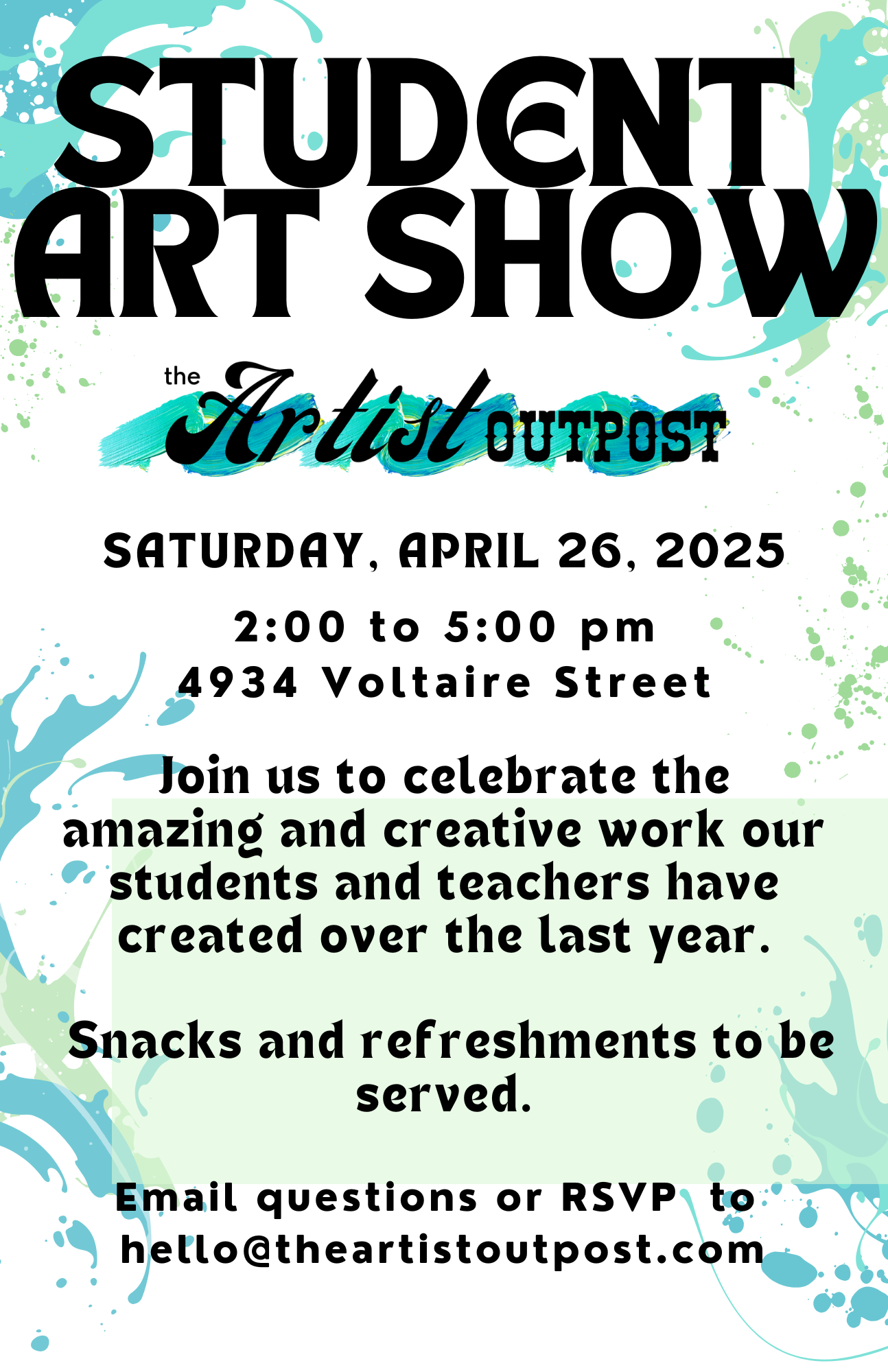Why Abstract Painting Captivates Artists of All Levels
Abstract painting is one of the most freeing and expressive art forms out there. Unlike traditional painting, it doesn’t ask you to replicate reality—it invites you to interpret it. Whether you’re brand-new to the world of art or a seasoned painter seeking a creative reset, learning the right Abstract Painting Techniques can unlock a powerful new layer of self-expression.
At The Artist Outpost, located in the heart of Ocean Beach, San Diego, we see firsthand how abstract art allows our students to connect with their emotions, play with color and shape, and let go of perfectionism. This guide is here to give you practical techniques, creative inspiration, and permission to explore your unique artistic voice through abstract painting.
What Is Abstract Painting?
At its core, abstract painting is about visual expression that breaks away from realism. Instead of trying to depict the physical world accurately, it uses color, form, texture, and composition to communicate feeling or concept.
Understanding Abstract Painting Techniques starts with recognizing that there’s no one “right” way to do it. That’s the beauty—it’s about your vision.
Some of the most famous abstract artists, like Wassily Kandinsky, Jackson Pollock, and Helen Frankenthaler, each had wildly different styles. Their techniques became personal signatures—proof that the path to mastery is paved by experimentation.
9 Abstract Painting Techniques to Try Right Now
Want to get started? Here are 9 Abstract Painting Techniques to explore, each offering a different way to unlock your creativity:
- Pouring
This technique involves pouring thinned acrylics directly onto the canvas, letting gravity and chance take over. Try tilting your canvas to create flowy, dreamlike patterns. - Dripping and Splattering
Inspired by Pollock, use brushes, sticks, or even your fingers to flick paint onto your surface. Messy? Yes. Satisfying? Absolutely. - Palette Knife Painting
Ditch the brush! Using a palette knife creates bold texture and unpredictable layering. Perfect for dynamic energy. - Brushstroke Layering
Use varying brush sizes and strokes in repetitive patterns. This can create rhythm, depth, and surprising color interplay. - Sgraffito
Scratch into wet paint to reveal layers underneath. This technique adds texture and contrast in unexpected ways. - Impasto
Lay it on thick. Impasto involves heavy applications of paint that add literal dimension to your canvas. - Geometric Blocking
Use masking tape or stencils to create structured shapes—great for beginners who want some boundaries to their chaos. - Color Field
Emphasize vast areas of color to evoke emotion. This technique asks you to trust the power of color over detail. - Collage Integration
Combine paint with paper, fabric, or other mixed media to create texture and story. This is a great transition for mixed media artists into abstract painting.
Each of these Abstract Painting Techniques brings a different emotion and visual outcome to the canvas. There’s no wrong answer—just a new way to explore.
Finding Your Voice Through Abstract Art
One of the most common questions we hear in our painting classes is:
“How do I know what my style is?”
The answer: You don’t—until you play.
The best way to develop your style with Abstract Painting Techniques is to experiment. Try combining techniques. Paint to music. Limit yourself to three colors. Or paint with your non-dominant hand. The process is the style.
Many artists begin by imitating others—then slowly, their own preferences begin to take shape. That’s when the magic happens.
Getting Inspired—Ideas to Spark Your Creativity
Stuck staring at a blank canvas? Try these prompts that work great with any of the Abstract Painting Techniques above:
- Paint a sound—what does jazz or ocean waves look like?
- Choose one emotion and express it in color and shape.
- Limit your palette to black, white, and one bright color.
- Close your eyes and paint for one minute.
- Use a single object (like a feather or sponge) as your tool.
You’ll also find inspiration in our popular blog “7 Must-Know Secrets to Master Painting for Beginners (Even If You’ve Never Picked Up a Brush!)”, where we break down simple ways to overcome fear and start painting freely.
And if you’re looking to explore other expressive styles, don’t miss our guide on “11 Watercolor Techniques Every Artist Should Know (Even If You’re Just Starting!)”, where you’ll find even more creative tools to add to your artist toolkit.
Materials and Setups for Abstract Painting
You don’t need much to begin your journey with Abstract Painting Techniques—just the right attitude and a few basic materials:
- Acrylic or oil paints
- Canvas or heavy paper
- Brushes of varying sizes
- Palette knives
- Spray bottles
- Sponges or alternative tools (like string or bubble wrap!)
Make sure to have a space where you can get messy. Lay down a drop cloth, put on some music, and dive in.
At The Artist Outpost, we provide all materials during our sessions so you can focus purely on experimenting, creating, and having fun—no pressure, no cleanup stress.
Frequently Asked Questions About Abstract Painting Techniques
Q: Do I need to know how to draw to do abstract painting?
Nope! In fact, the less you try to control things, the better. Abstract painting is about feeling, not photorealism.
Q: What’s the best paint for beginners?
Acrylics are our go-to at The Artist Outpost. They dry fast, are easy to clean, and work well with nearly all Abstract Painting Techniques.
Q: How do I know when a painting is “done”?
You’ll feel it. Sometimes the hardest part is stopping. Step back. Take a break. If it still feels complete when you return—it probably is.
Q: Can kids try abstract painting too?
Absolutely! Our student-led classes welcome all ages, and abstract art is a favorite among young creators. It’s playful, intuitive, and helps build creative confidence.
Q: What if I mess up?
There’s no such thing in abstract art. Every “mistake” can be painted over or incorporated into something new. That’s the beauty of the process.
Let Go. Explore. Create.
Abstract painting is more than an art style—it’s a mindset. It encourages you to let go of expectations, embrace imperfection, and explore the joy of creating for the sake of creating. With these Abstract Painting Techniques, you’re not just learning how to paint—you’re learning how to trust yourself as an artist.
And at The Artist Outpost, we’re here to walk that journey with you. Whether you’re dipping your brush into paint for the first time or reigniting a creative flame, our painting classes are built to support your growth in a welcoming, collaborative space.
Ready to see what’s possible?
🎨 Come paint with us—and find your voice in every brushstroke.

